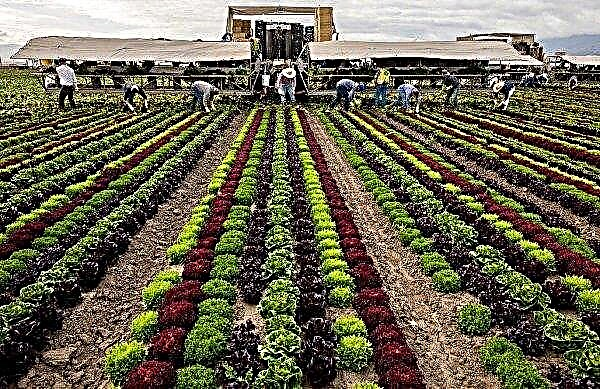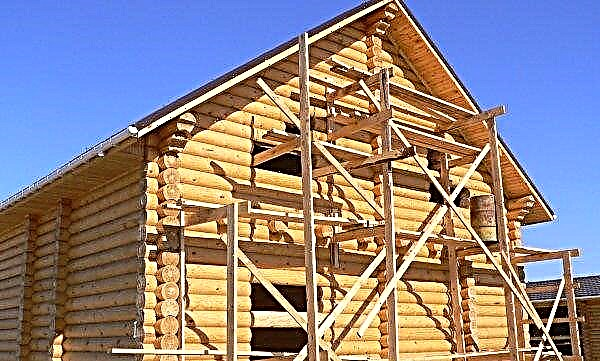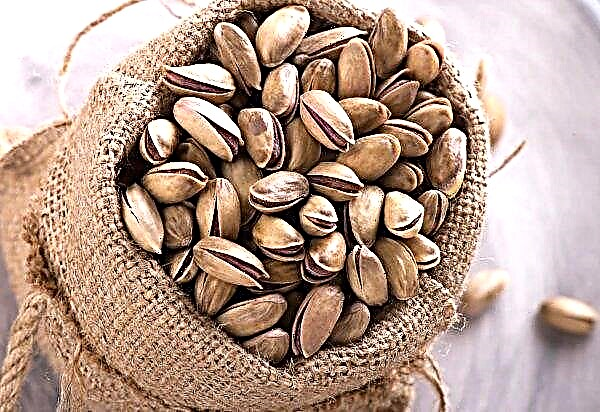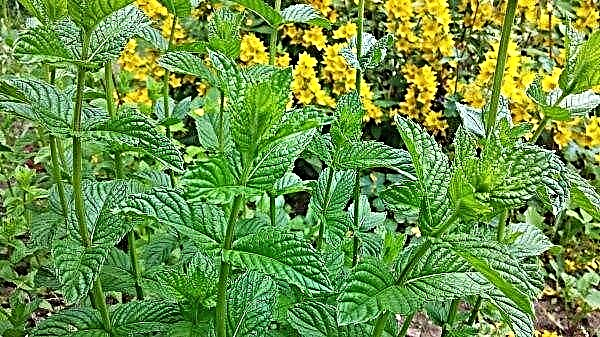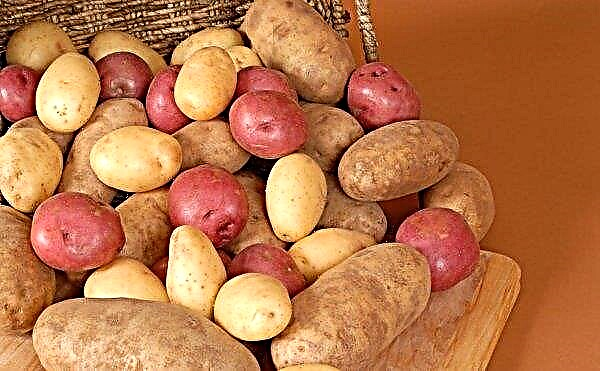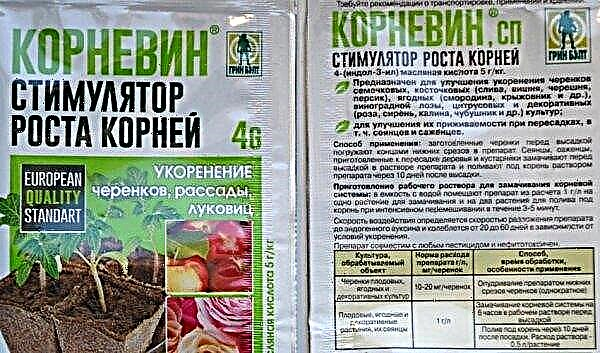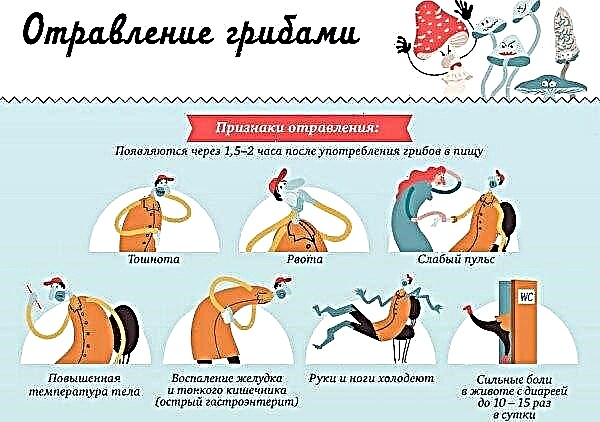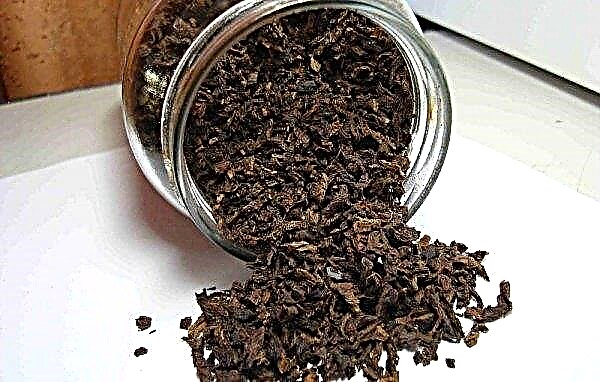Larch is a large coniferous tree; it belongs to the Pine family. Its features: growth rate, resistance to adverse conditions, decorative stands, high quality wood species. The following is a botanical characteristic, the growth environment, the features of growing and using the tree are described.
Origin of name
The Latin name for the Larix culture is associated with resin. In the Russian version, the tree began to be called larch, since in summer the needles look like a leaf folded into a straw, and in winter the tree dumps them like deciduous trees. It should be noted that only young trees retain their needles in the winter.
Botanical Description
Morphological features of different species of larch are close to each other. Of all tree species, this coniferous variety is the most photophilous. Most often it can be found on soils rich in lime. The root system is very powerful, developed. Crohn conical, loose. Seeds begin to ripen in 3-5 years. Flowering occurs in the period from late April to early May.
 Larch structure: 1 - a branch with needles, 2 - a branch with male and female flowers, 3-5 - stamens, 6 - a scale, cones, 7 - needles, 8 - a cut of a cone, 9 - a cone, 10-11 - cone scales , 12 - seed
Larch structure: 1 - a branch with needles, 2 - a branch with male and female flowers, 3-5 - stamens, 6 - a scale, cones, 7 - needles, 8 - a cut of a cone, 9 - a cone, 10-11 - cone scales , 12 - seed
Coniferous or deciduous
Larch does not belong to evergreen trees. The needles, soft to the touch, fall annually, which is the result of adaptation to harsh climates with low temperatures. The tree belongs to the Pine family, so it is coniferous.
Bumps
Lump of rounded ovoid shape, medium size. Young cones have a purple color, as they mature, they acquire a brown hue. Bracts are hidden under the scales. Seeds ripen by autumn, the size will depend on the size of the cones. Wide and long wings slow down the fall rate and are carried by the wind over long distances. Seed germination barely exceeds 50%.

The best natural indicators of Siberian larch:
| Length (seed with wing) | 11-14 mm |
| Seed shape | Long, oblique, obovate |
| Wing shape | Oblique, linguistic. 4-6 mm wide |
Important! Cones do not fall for a long time, therefore, when collecting for seeds, it should be borne in mind that there can be 1–3 summer fruits.
Needles
The leaves bloom at the end of April (early May). The needles are soft, their larch drops for the winter.
Narrow shoots:
| Colour | Bright light green with a bluish tint (bright yellow green, depending on the species) |
| Bunches | 12 or more pieces (some types 20-30) |
| Dimensions | 13 mm long, 1 mm wide |

Height
It has a rapid growth, under good conditions it can reach the sun, reaching 1 m per year. The diameter of the trunk reaches 1 m, and in length - up to 50 m.
Average height:
| Age | Height |
| 20 | 7.2 m |
| 60 | 19.5 m |
| 100 | 25.3 m |
| 140 | 29.2 m |
| 180 | 32.4 m |
| 220 | 34.7 m |
As you move north or into the mountains, the size of the larch changes: from powerful trunks, outwardly in the shape of a crown resembling a pine, to small ones, with a crown lowered to the ground, like a spruce. And in the far north or in the highlands, giants degenerate into squat shrubs.

How old is growing
Free-growing larch bears fruit (gives seeds) at the age of 12–15 years, with a closed stand - 20–50 years. Thanks to the accessory roots that form on the trunk above the root neck and feed the tree, it can be 300 years old or more.
What group of plants does it belong to
Belongs to the group of conifers. This group of plants is characterized by the fact that the development of their seeds occurs in cones, and their leaves are needles. Coniferous wood is a type of softwood.
Did you know? Recorded individual specimens reaching the age of 800 years.
In what natural area does larch grow
There are two points of view about the origin of larch:
- Southeast Asian descent of the genus.
- Northeast.
Due to the low requirements for temperature and humidity, rainfall grows in different geographical areas. It grows from the north (from permafrost) and almost to the border of dry and hot semi-desert. Distributed in North America, Europe and Asia. In the Russian Federation, it occupies vast areas of forestry in the Far East, Kamchatka, Siberia, and Transbaikalia.

What does it look like in winter
The tree is resistant to low temperatures, during this period its development slows down and resumes in the spring. From mid-late September to the end of autumn it drops greenery to protect itself from frost and keep moisture, there are only cones that hang all winter. In early December, young shoots have a light brown-yellow color with a bluish bloom, densely pubescent or almost naked. Green spaces look spectacular in winter under a hat of snow, this increases the level of their attractiveness.
Did you know? In Siberian larch, the needles fall much earlier than in other varieties.
Popular varieties
The most popular and famous varieties of larch:
- European;
- Siberian;
- Daurian;
- Sukacheva (Russian);
- Kuril;
- Far Eastern;
- Polish
- American
Video: Larch Care, Larch Varieties
Cultivated plant species in Russia are Polish and Japanese larch. They can often be found in botanical gardens, parks, and on personal plots.
What areas are used
It can be used both in the chemical industry, and in the construction, shipbuilding. Dye for fabrics and skins is made from the bark of a tree. Use the plant to make turpentine. It serves as a substitute for such species as oak and ash, since wood has qualities such as strength and durability, resistance to decay.
Traditional medicine appreciates the healing properties of larch. It helps with scurvy (it is a source of ascorbic acid), rheumatism, gout, joint diseases. Its young shoots, buds, bark and larch resin are harvested.

Growing Features
Better to use standard planting material.. If grown independently, then seedlings sprouted in compost with sand, enriched with phosphorus and potassium fertilizers will be much better. They are sown in boxes at the end of autumn, grown for 1-2 years, in the spring they take them out to the streets, watering mandatory.
In addition to proper agricultural technology and preventive measures against diseases of a grown tree, it is important to fertilize the soil, thanks to this, larch trees will grow faster and become stronger. In autumn, top dressing includes superphosphates, which must be used in a dry form (scattered along the perimeter of conifers, trees watered). They don’t shelter for the winter.
Important! The plant is poorly transplanted, therefore, to grow, use seeds.
Larch is distinguished by endurance and unpretentiousness in leaving. It is very beautiful in early spring and late autumn: in the spring, the needles acquire a soft green hue, and in the fall - bright yellow. If you need to decorate the garden with something unusual, pay attention to larch.

